Product Consultation
Your email address will not be published. Required fields are marked *
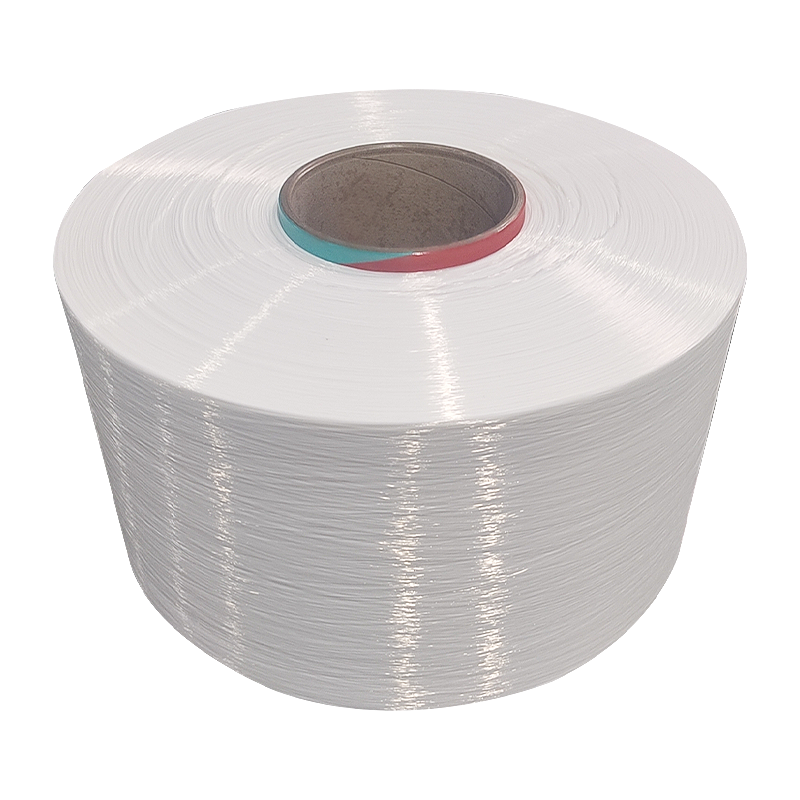
How is nylon mother yarn different from regular nylon yarn?
Dec 25,2025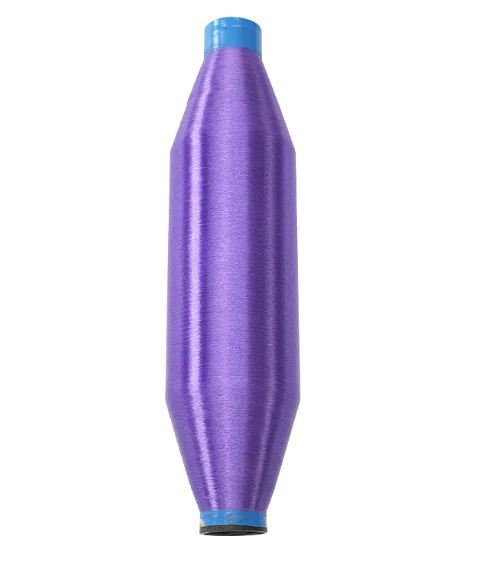
Will biodegradable yarn release harmful substances or cause environmental pollution during the degradation process?
Dec 18,2025
Is nylon mother yarn suitable for high abrasion resistance or high strength applications?
Dec 11,2025As an environmentally friendly material, the environmental impact of single-strand biodegradable yarn during its degradation process is one of the key concerns. People are generally concerned about whether such yarns will release substances that are harmful to the ecosystem or human health when they decompose in the natural environment. To answer this question, it is necessary to explore the material composition of the yarn, the degradation mechanism, and the actual degradation products.
Single-strand biodegradable yarn is usually made of natural polymer materials or modified bio-based polymers, which have good environmental compatibility. Unlike traditional synthetic fibers, this type of yarn can gradually break under the action of natural conditions such as microorganisms, light, and humidity, and eventually be decomposed into simple harmless substances. Common degradation products are mainly water, carbon dioxide, and biomass, which are all part of the natural cycle and will not cause cumulative pollution to the environment.
The chemical reaction path during the degradation process also determines the possibility of harmful substances. Biodegradation generally involves the action of microorganisms, which cut complex polymer chains into smaller molecules through enzymatic reactions, and then further metabolize them into harmless substances. Since this process involves the participation of natural biological systems, toxic byproducts are usually not produced. At the same time, modern biodegradable yarns tend to avoid the use of additives containing heavy metals, persistent organic pollutants, etc. that may cause environmental pollution when designed and produced, reducing the risk of harmful substances from the source.
The environmental conditions for yarn degradation will also affect the type and properties of the final product. Under ideal composting conditions, the temperature, humidity and microbial species are relatively suitable, the degradation is relatively thorough, and the product is safe and harmless. However, if the yarn is abandoned in an oxygen-deficient, low-temperature or chemically polluted environment, the degradation process may be affected, and some incompletely decomposed intermediates may be produced, which may have an impact on the local environment to a certain extent. Despite this, this situation is not common and is unlikely to become the main source of large-scale environmental pollution.
The production formula and process control of yarn play a key role in the safety of degradation products. High-quality biodegradable yarn manufacturers usually conduct strict testing to ensure that the products of yarns during natural degradation meet environmental standards and regulatory requirements. Through laboratory simulation degradation tests, the toxicological properties of its products can be analyzed to ensure that no harmful substances that threaten water, soil or air are released.
Single-strand biodegradable yarn generally does not produce harmful substances during the degradation process, and its products are mostly harmless natural components. This makes it of great significance in reducing plastic pollution and promoting sustainable development. Despite this, reasonable use and scientific waste management cannot be ignored. Yarns should be avoided from being discarded in unsuitable environments as much as possible to avoid affecting the degradation effect and environmental safety.
With the continuous advancement of biodegradable technology and the improvement of relevant standards, the application prospects of single-strand biodegradable yarn in the field of environmental protection are gradually becoming clear. There is also a deeper understanding and control of the safety of its degradation products, ensuring that this green material truly achieves the goal of environmental friendliness and resource recycling.
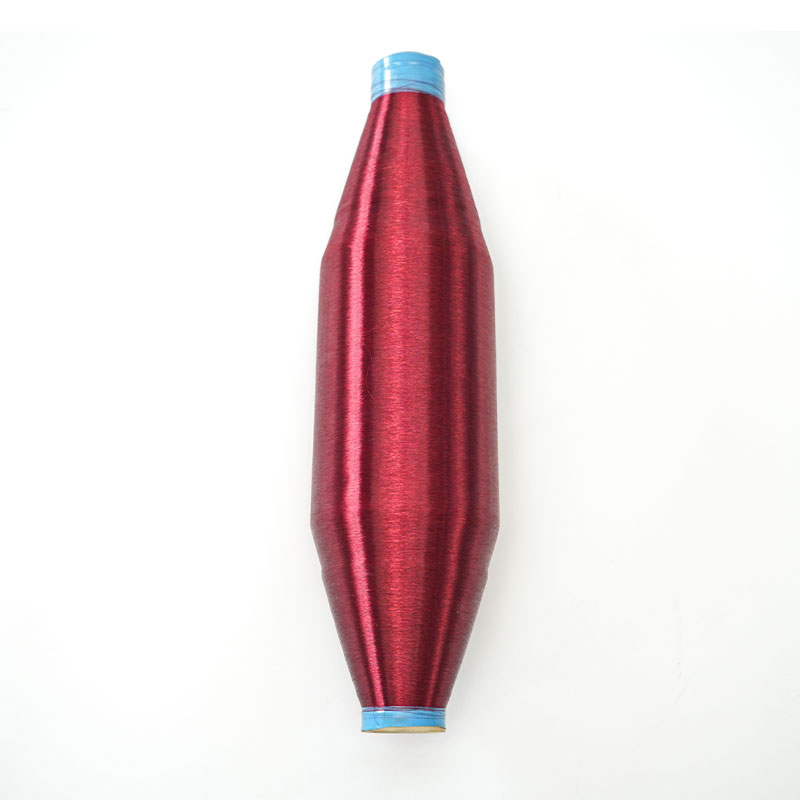
Will the use of antiviral yarn in fabrics affect the breathability and comfort of the fabrics?
2025-05-06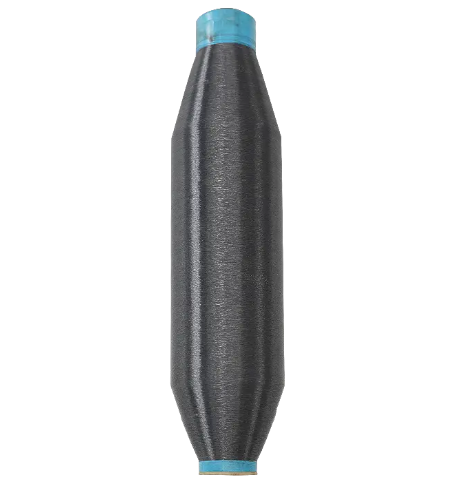
What factors affect the degradation rate of biodegradable yarn?
2025-05-20Your email address will not be published. Required fields are marked *
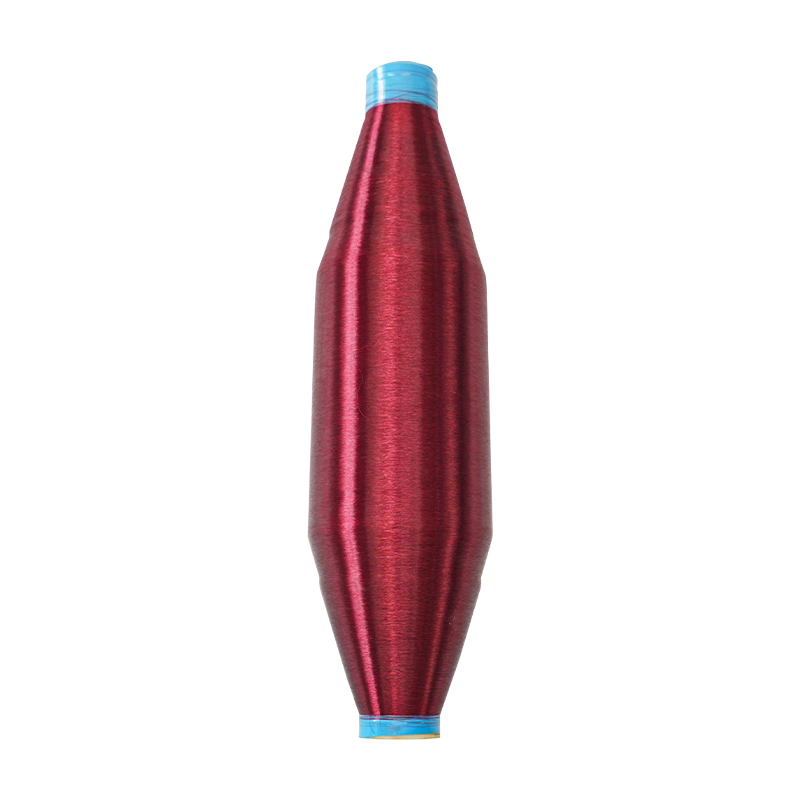
Biodegradable nylon yarn biodegrades faster in the environment than traditional synthetic fibers, helping to reduce negative environmental impacts. It also has the properties of nylon fiber, such as h...
See Details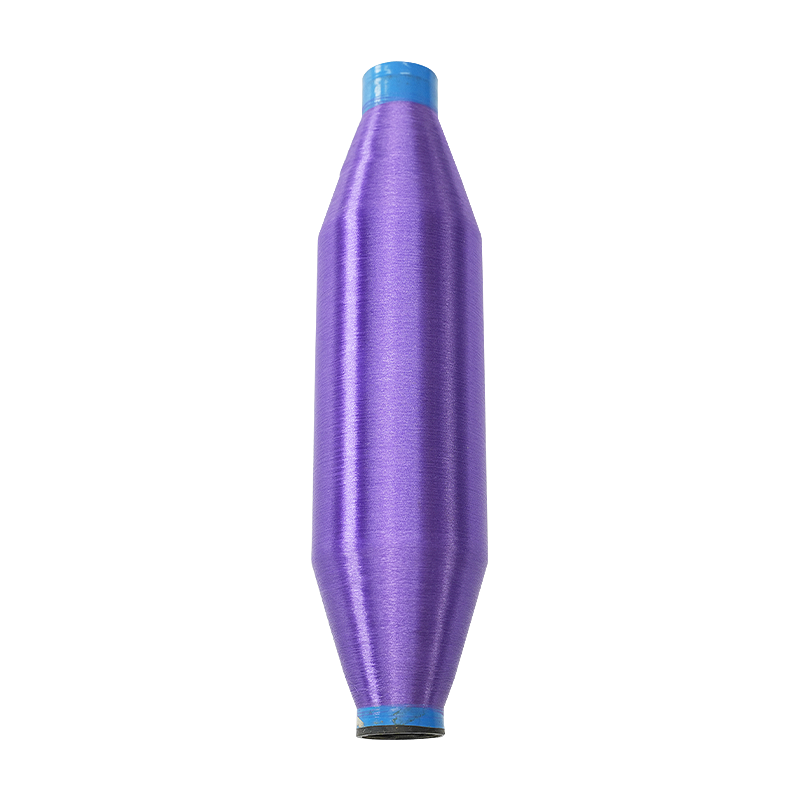
Single Strand Biodegradable Yarn is a single-strand structure, consisting of a single fiber bundle with no multiple strands tangled together. This structure makes the yarn softer, and smoother and exh...
See Details
Antiviral nylon Monofilament Yarn can inhibit the survival of viruses on the surface of the yarn, which can effectively reduce the risk of virus transmission and improve user safety. The yarn has a mo...
See Details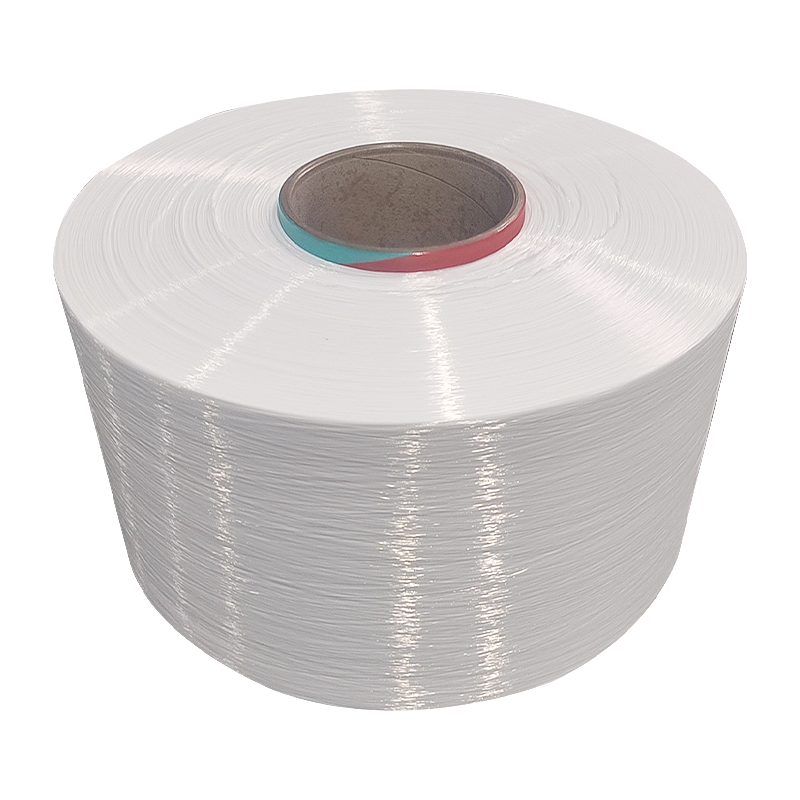
Colored Nylon Mother Yarn can be processed through spinning, drawing, dyeing and other processes to meet the needs of different textiles. It has good processing adaptability and can be made into vario...
See Details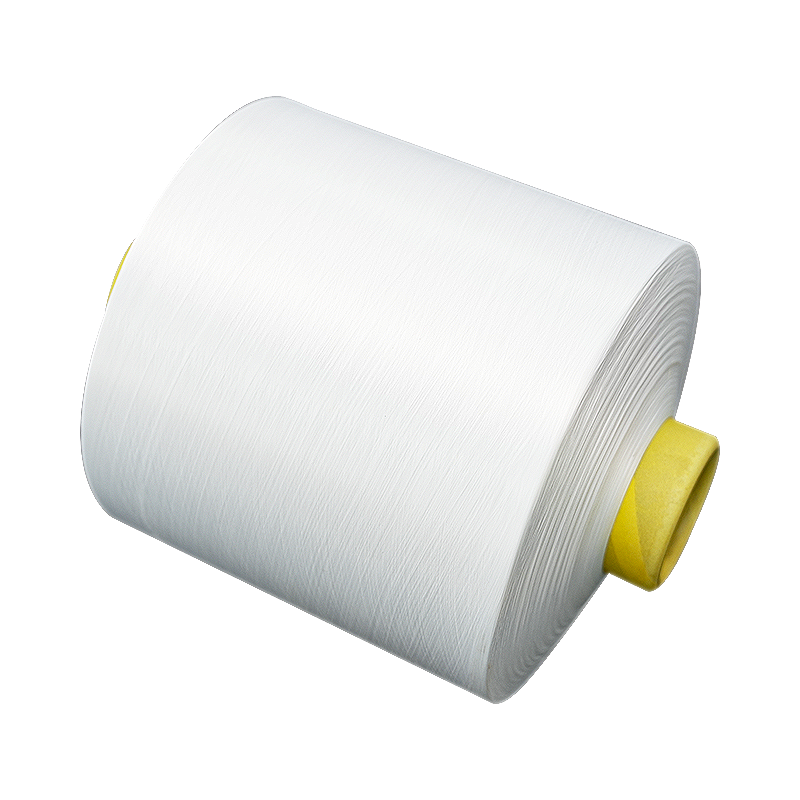
100D Nylon Elastic Yarn has a moderate thickness and good dyeing properties, which can achieve uniform and durable dyeing effects, making textiles bright and long-lasting in color. A yarn frequently u...
See Details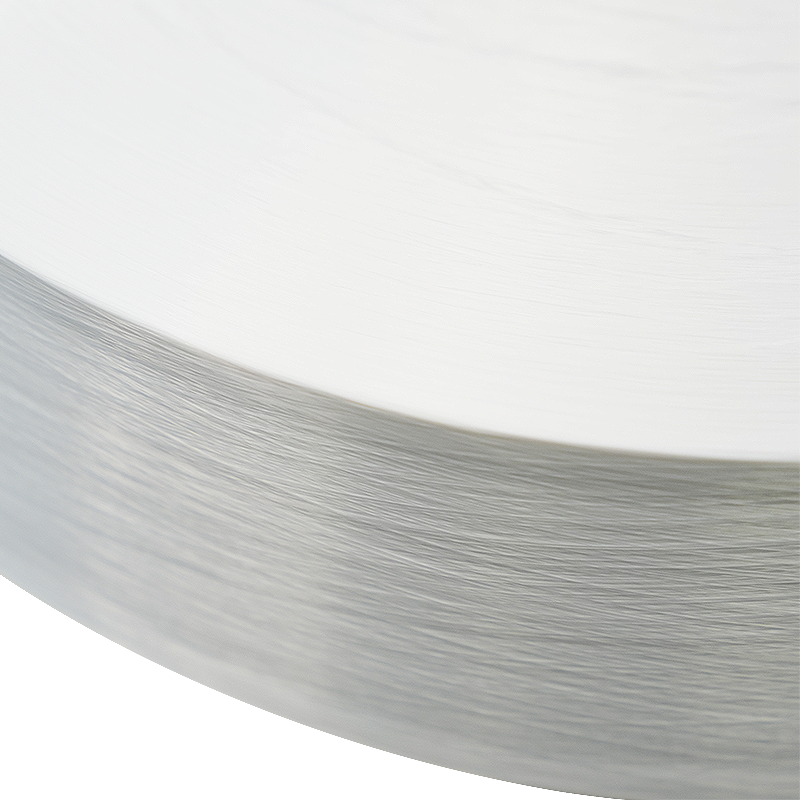
210D Polyester Nylon Composite FDY yarn is a composite fiber yarn. FDY is a mixture of polyester and nylon fibers. It combines the advantages of the two fibers, the abrasion resistance of polyester an...
See Details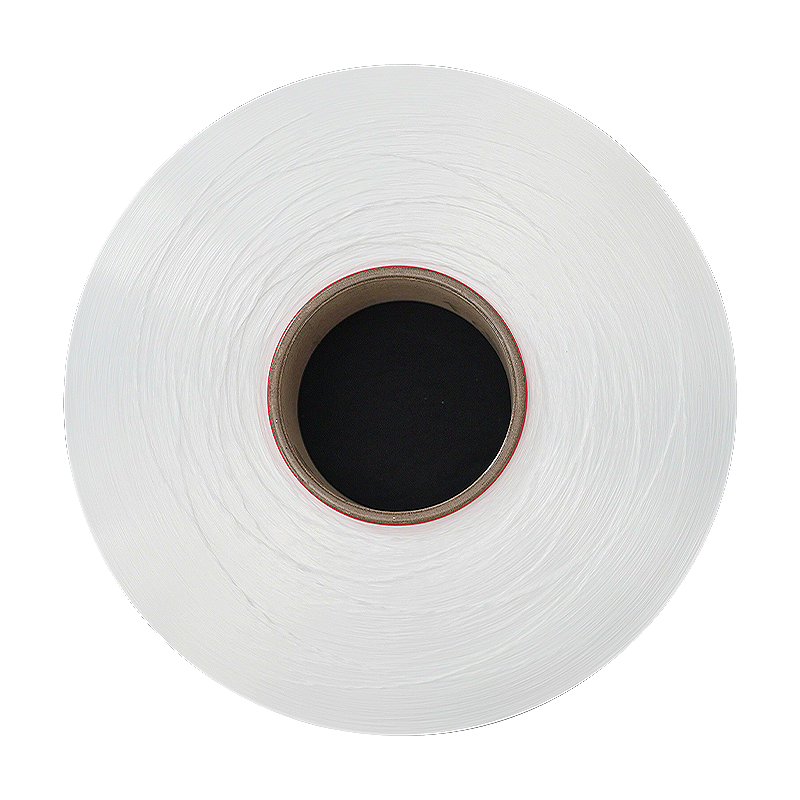
140D Durable low-melt FDY yarn is suitable for the manufacture of various textiles, especially for the preparation of composite fabrics, such as polyester-cotton blended fabrics or elastic fabrics. Th...
See Details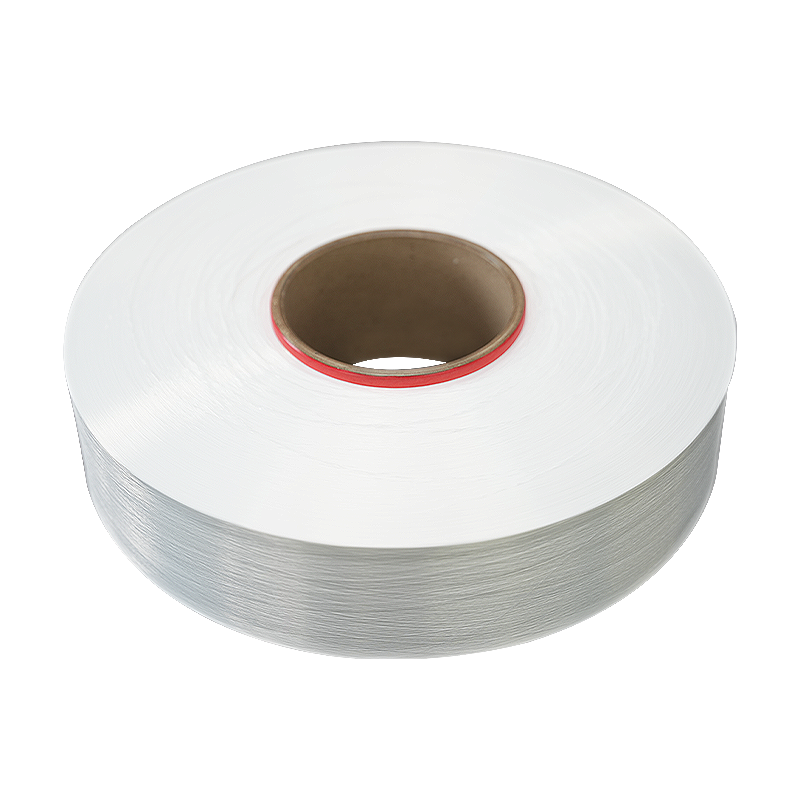
210D Permanent Cooling FDY Yarn is suitable for the manufacture of various textiles, such as sportswear, outdoor equipment, household items, etc. Textiles made of this material often have good breatha...
See Details
High shrinkage blended polyester yarn has a high shrinkage rate and is suitable for textile manufacturing that requires shrinkage treatment, such as making pleated fabrics or textile shaping. Because ...
See Details
Composite fiber yarn for textile use consists of 48 monofilaments. Relatively thin and composed of multiple filaments, it adds softness and texture to the fabric. This product is suitable for the manu...
See Details
Water-repellent high Filament spun yarn has strong water resistance, providing an extremely delicate touch while retaining strength. Suitable for a wide range of applications from intricate embroidery...
See Details
The fibers of 210D water-repellent yarn are relatively thick, making the yarn highly wear-resistant and durable, making it suitable for long-term use. Composite fiber enables yarn to have the advantag...
See DetailsAddress: Duntou industrial park, haian county, nantong city,jiangsu province ,China.
TEL: +86 15850491859
E-mail: sales-betty@hsnylon.com
If You Are Interested In Our Products, Please Consult Us